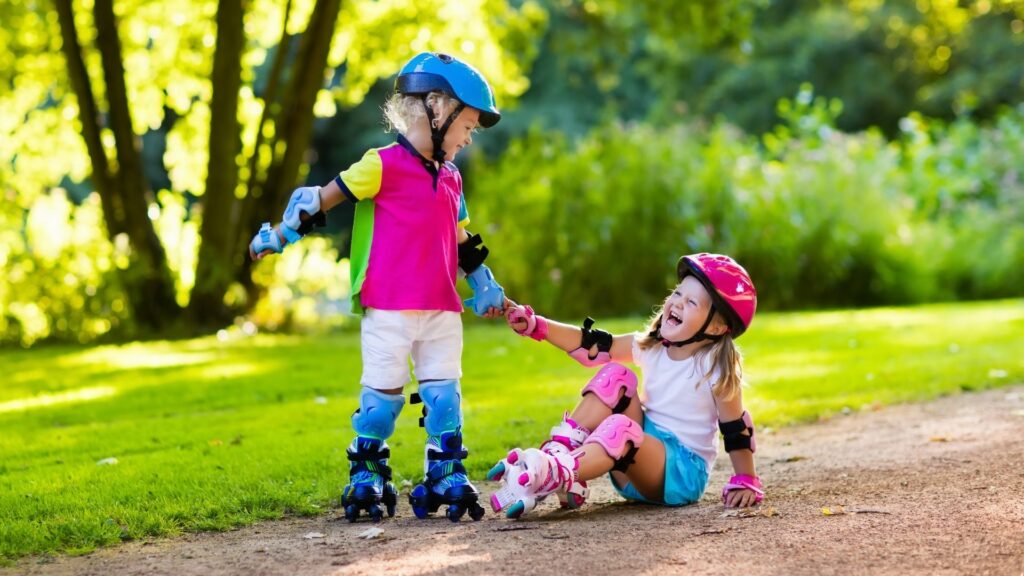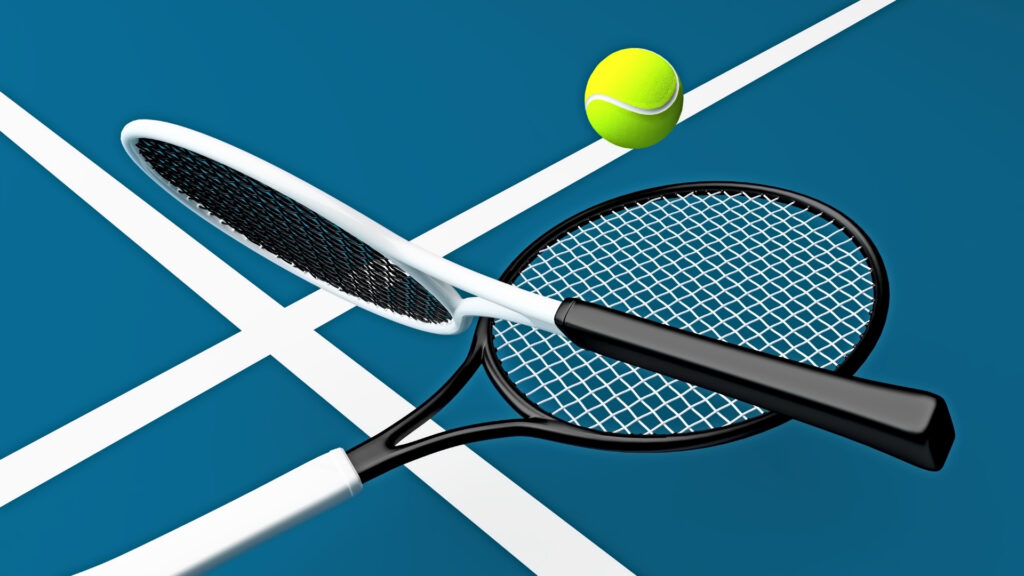Pogo Sticks are Great for Kids to Exercise Those Arms and Legs
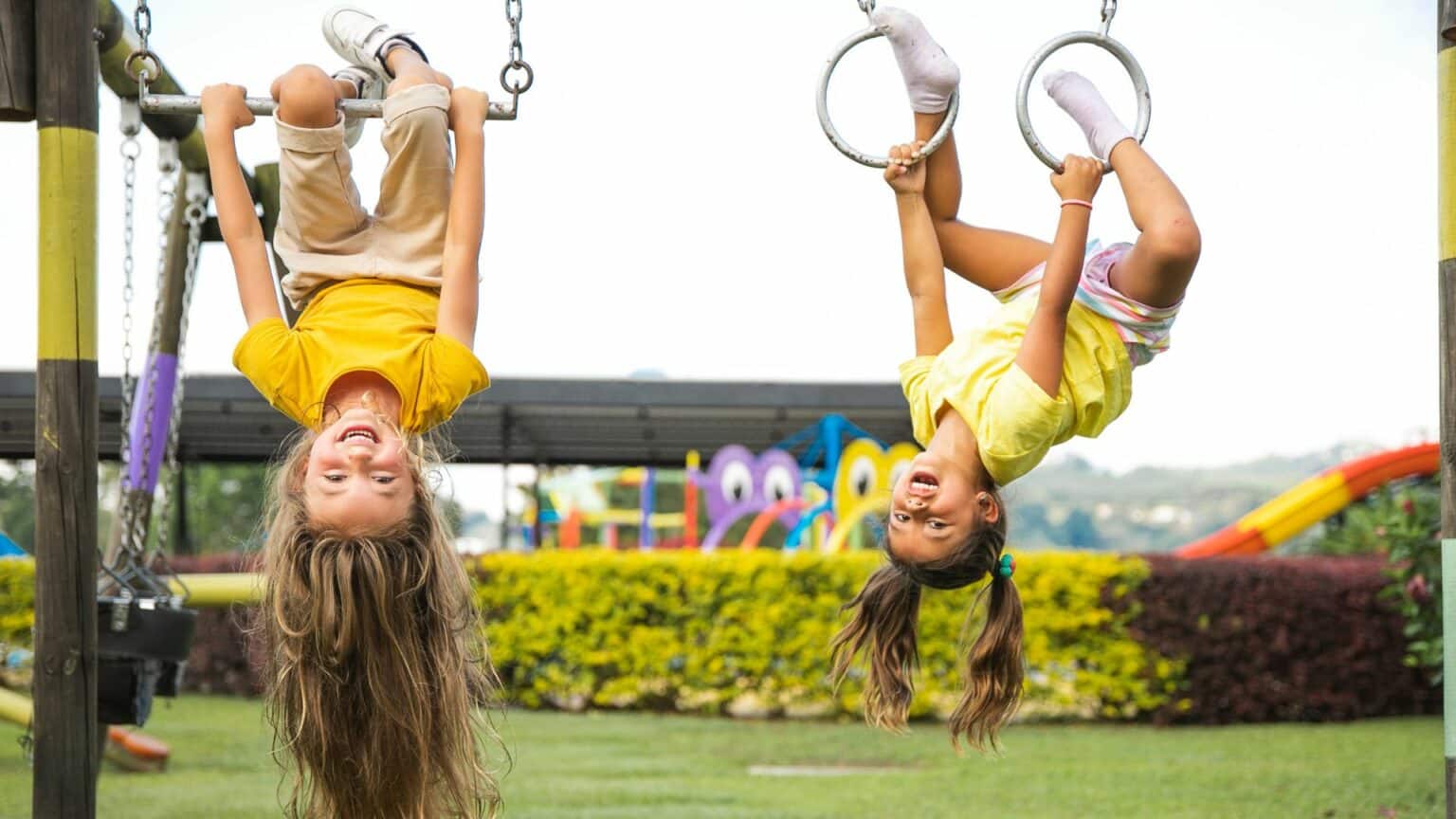
Last Updated: August 22, 2022
When it comes to finding a great activity for kids that will help them to exercise those arms and legs, pogo sticks are definitely one of the best options out there. Not only are they great for helping kids to get some physical activity, but they’re also tons of fun.
Pogo sticks have been around for centuries, and they’re still just as popular as ever. They’re a great way for kids to burn off some energy, and they can even help improve coordination and balance.
There are all sorts of different pogo sticks on the market today, so you can find one that’s perfect for your child. From simple designs to more advanced models, there’s sure to be a pogo stick that’s right for your kid. And if you’re looking for something extra special, you can even find pogo sticks that come with built-in lights or sound effects.
How does a Pogo stick work?
A pogo stick is a fun toy that many kids enjoy. But have you ever wondered how it works? A pogo stick consists of a metal or plastic frame, two rubber tips on the bottom, and a handlebar. You stand on the frame with your feet approximately shoulder-width apart and hold onto the handlebar. As you jump up and down, the frame bounces up and down on the tips.
The key to making a pogo stick work is its springs. There are typically two coil springs inside the frame, one in front and one in back. These springs are what give the pogo stick its «bounce.» When you jump up, your weight compressed the spring(s), causing them to store energy. When you come back down, that stored energy is released, propelling you back up into the air again.
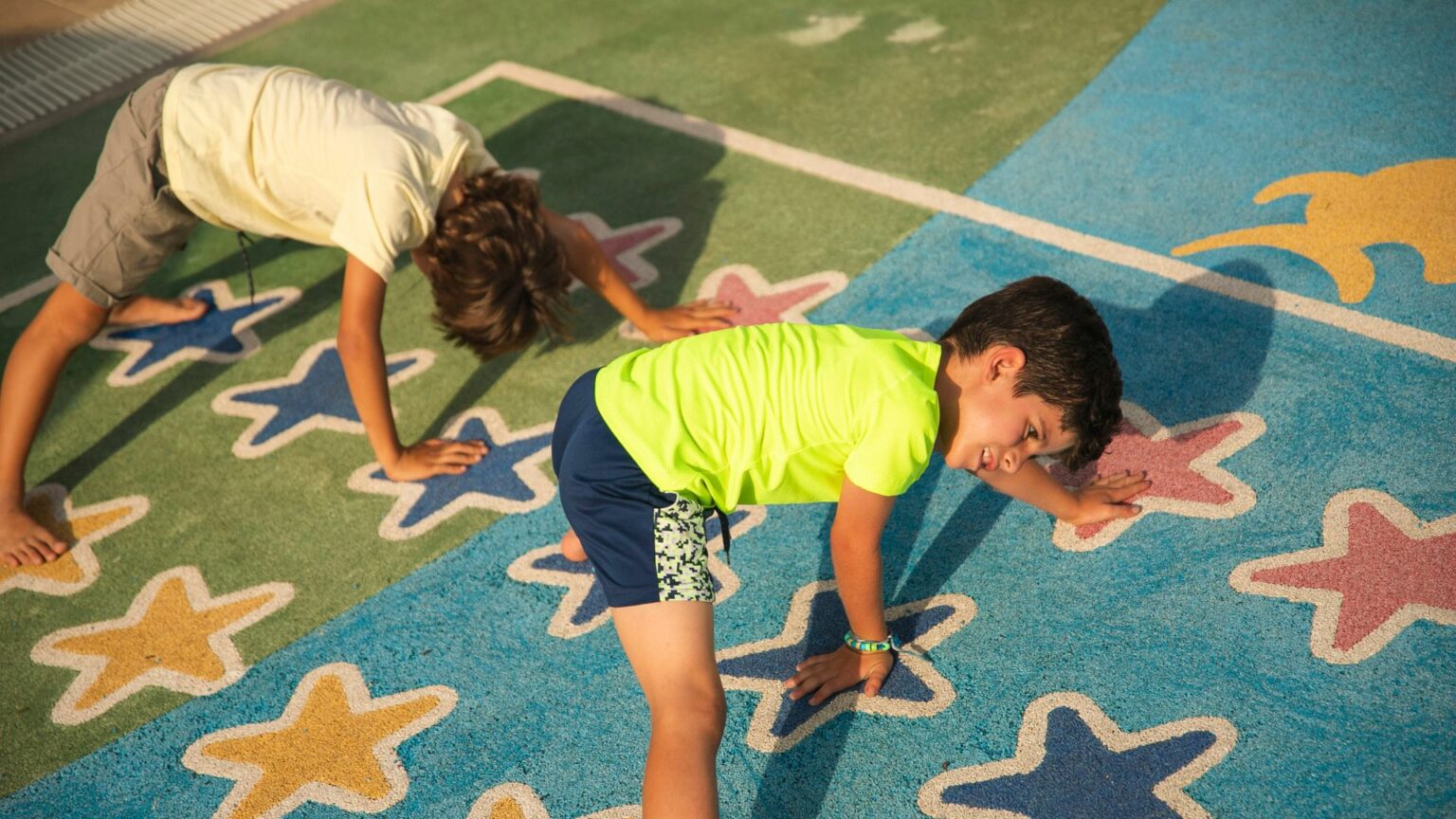
If you’ve ever played with a pogo stick, you know that they can be great exercise (not to mention lots of fun). But did you know that they can also help improve your balance and coordination? That’s because when you’re using a pogo stick, your brain is constantly working to keep you upright while also coordinating your arm and leg movements. So next time you’re feeling a little uncoordinated, try hopping on a pogo stick!
The key to using a pogo stick effectively is understanding how to control your body weight. When you jump, you need to shift your weight forward so that the pogo stick can propel you upward. Then, when you land, you need to shift your weight back again so that the spring can absorb the impact. With practice, this becomes second nature and you’ll be able to bounce around like a pro in no time!
But at the end of the day, it’s really not that complicated – which is why we can all enjoy hopping around on a pogo stick!
Does my child need a Pogo stick?
When it comes to deciding whether or not your child needs a Pogo stick, there are really only two things you need to consider: their age and their level of coordination. If your child is on the younger side, then a Pogo stick might be a bit too much for them to handle. On the other hand, if they’re a bit older and have good coordination, then a Pogo stick can be a great way for them to get some exercise.
First, Pogo sticks are not appropriate for very young children. Kids need to be at least 8 years old and have the coordination and balance required to use one safely. That said, even older kids should be supervised when using a Pogo stick for the first time. Once they’ve mastered the basics, they can often enjoy using it on their own.
Second, while Pogo sticks can provide an excellent workout, they’re not suitable for every child. Some kids simply don’t enjoy using them or don’t have the patience to learn how. If your child falls into this category, it’s probably best not to force the issue – there are plenty of other ways for them to get exercise.
Finally, Pogo sticks can be expensive – so make sure you do your research before making a purchase. There are many different types and brands of Pogo sticks available on the market, so find one that’s right for your child’s size, weight, and skill level. With a little bit of patience and practice, your child will be bouncing around like a pro in no time – and they’ll definitely appreciate not having to go to the gym!
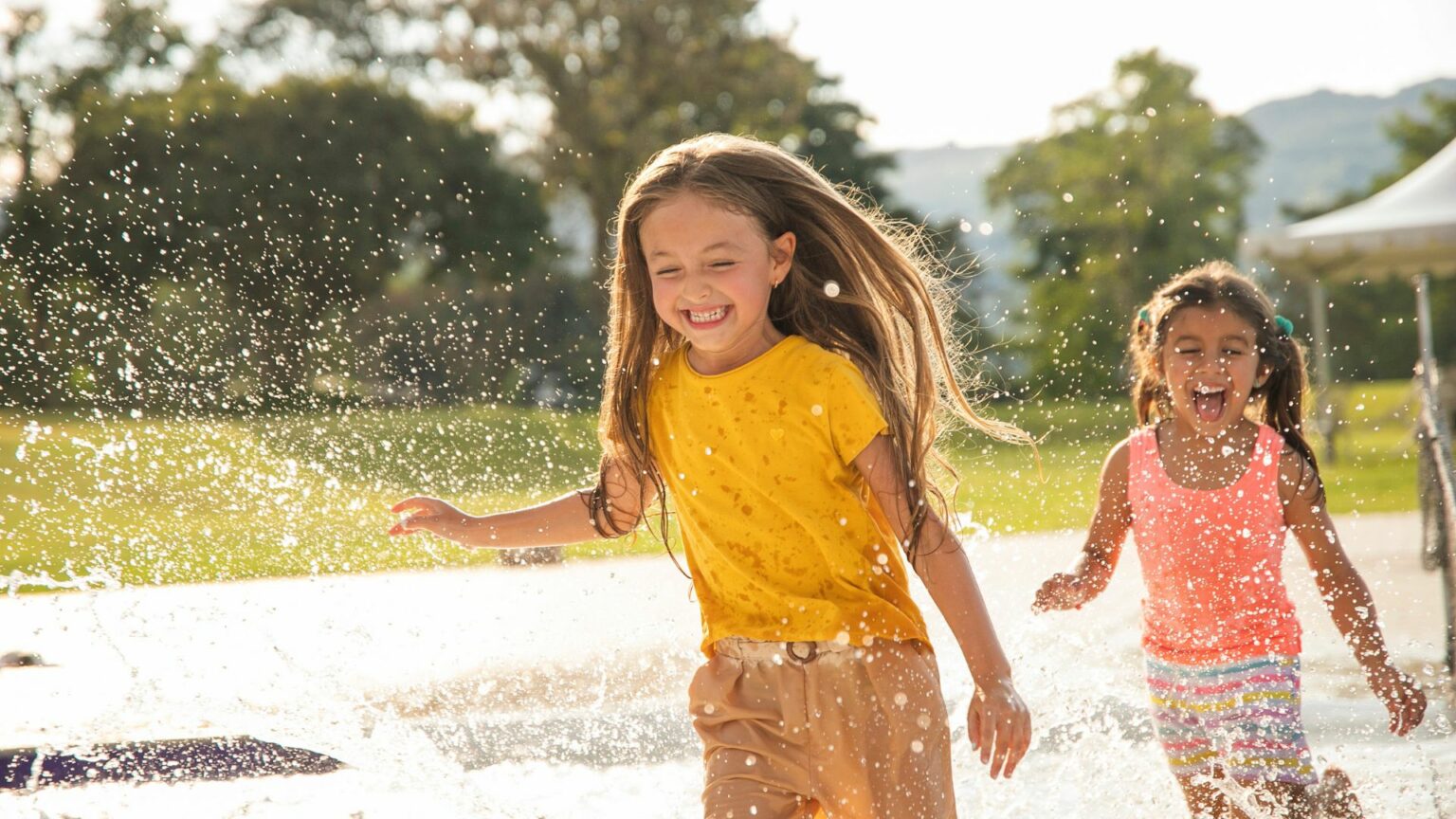
There are a few things to consider before you buy a pogo stick for your child. First, think about what size pogo stick they’ll need. If they’re on the shorter side, there are smaller options available that will be more comfortable and easier for them to use. You’ll also want to check the weight limit – most pogo sticks can support up to 250 pounds, but it’s always good to check just in case.
Once you have the perfect pogo stick picked out, it’s time to get started! To help your child get used to the bouncing motion, start by holding onto the stick with both hands while they gently bounce up and down. Once they’re comfortable with that, let go of one hand and then eventually both hands – but always stay close by in case they need some help keeping their balance. With a little bit of patience and practice, your child will be bouncing around like a pro in no time!
There are plenty of reasons to invest in a pogo stick for your child – and not just because they’ll have hours of fun bouncing around on it. Pogo sticks can actually help improve your child’s balance and coordination, as well as their fitness levels. Encourage them to start slowly at first and then build up their speed as they become more confident.
Are Pogo sticks good exercise?
Pogo sticks are a lot of fun, but are they good exercise? It depends on how you use them. If you just bounce up and down on a pogo stick for a few minutes, it’s not going to give you a great workout. But if you use the pogo stick for an extended period of time, or do some tricks with it, then you can get a pretty good workout from using one.
For a cardio workout, try jumping on your pogo stick for 30 minutes or more. You’ll be surprised at how quickly your heart rate will go up and how much effort you’ll have to put in to keep going. If you’re looking to build some muscle, try doing some tricep dips or push-ups on your pogo stick. The unstable surface will force your muscles to work harder to maintain balance, which will help build strength.
So if you’re looking for a way to have some fun and get a little bit of exercise at the same time, grab a pogo stick and start bouncing! But how exactly can bouncing around on a stick be good for you?
For starters, pogo sticks are great for improving your balance. Maintaining your balance while bouncing up and down on a pogo stick requires concentration and coordination. As you become more proficient at using a pogo stick, you’ll develop better balance and coordination skills overall.
Pogo sticks are also great for strengthening your leg muscles. While it may not seem like it at first, bouncing on a pogo stick actually gives your legs quite a workout. Your quads and calf muscles will get stronger with each bounce, making pogo sticking a great way to improve lower body strength.
In addition to improved balance and muscle strength, using a pogo stick is also great for cardiovascular health. Bouncing around on a pogo stick gets your heart pumping and can help improve endurance over time. If you’re looking for a low-impact cardio workout that’s also lots of fun, then jumping on a pogo stick is definitely the way to go!
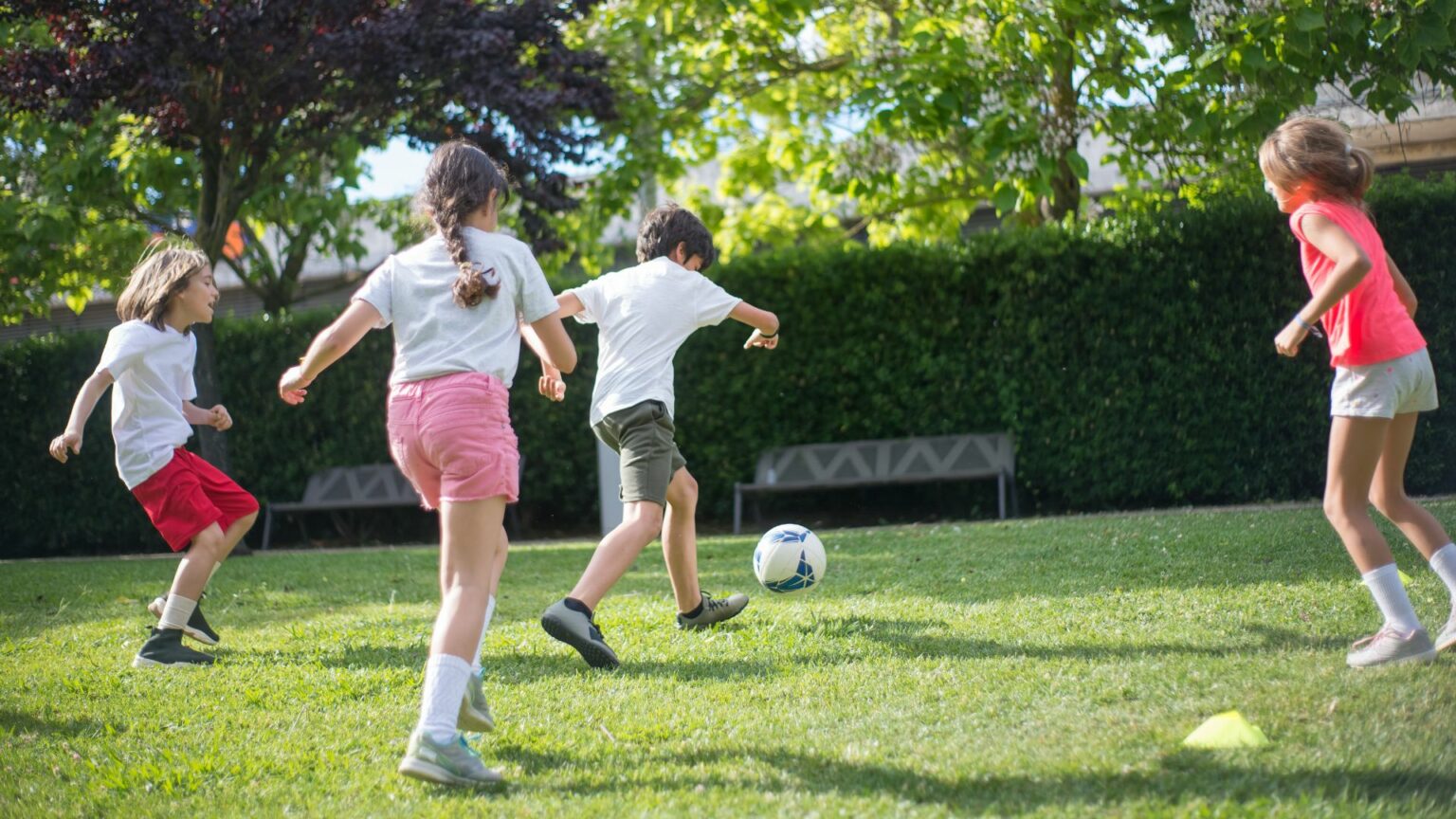
If you’re new to pogo sticking, there’s no need to worry – it’s actually quite easy to get the hang of it. Just start by placing the pogo stick on the ground in front of you, then put one foot on each side of the shaft and gently push down. As you start to bounce up and down, try to keep your body as upright as possible and use your legs to control the height and speed of your jumps.
Once you’ve mastered the basics, you can start experimenting with different tricks and moves to add an extra challenge (and some style) to your workout. For example, you can try turning 360 degrees in mid-air before landing back on the shaft, or performing 180-degree jumps where you land backwards on the pogo stick. If you really want to go all out, try doing a handstand on the pogo stick while bouncing!
Pogo sticks are low-impact, so they’re easy on your joints. This makes them ideal for people who have joint pain or other issues that make high-impact exercise difficult or painful.
Pogo sticks are also versatile – you can use them indoors or outdoors, so you can always find a place to bounce around. They’re also relatively cheap, so they won’t break the bank.
So, are pogo sticks good exercise? The answer is yes! Pogo sticks provide a great workout for your legs, core and arms. They’re low-impact, so they’re gentle on your joints, and they can be a lot of fun too. So if you’re looking for a new way to get active, a pogo stick could be the perfect option for you.
What size Pogo stick is best?
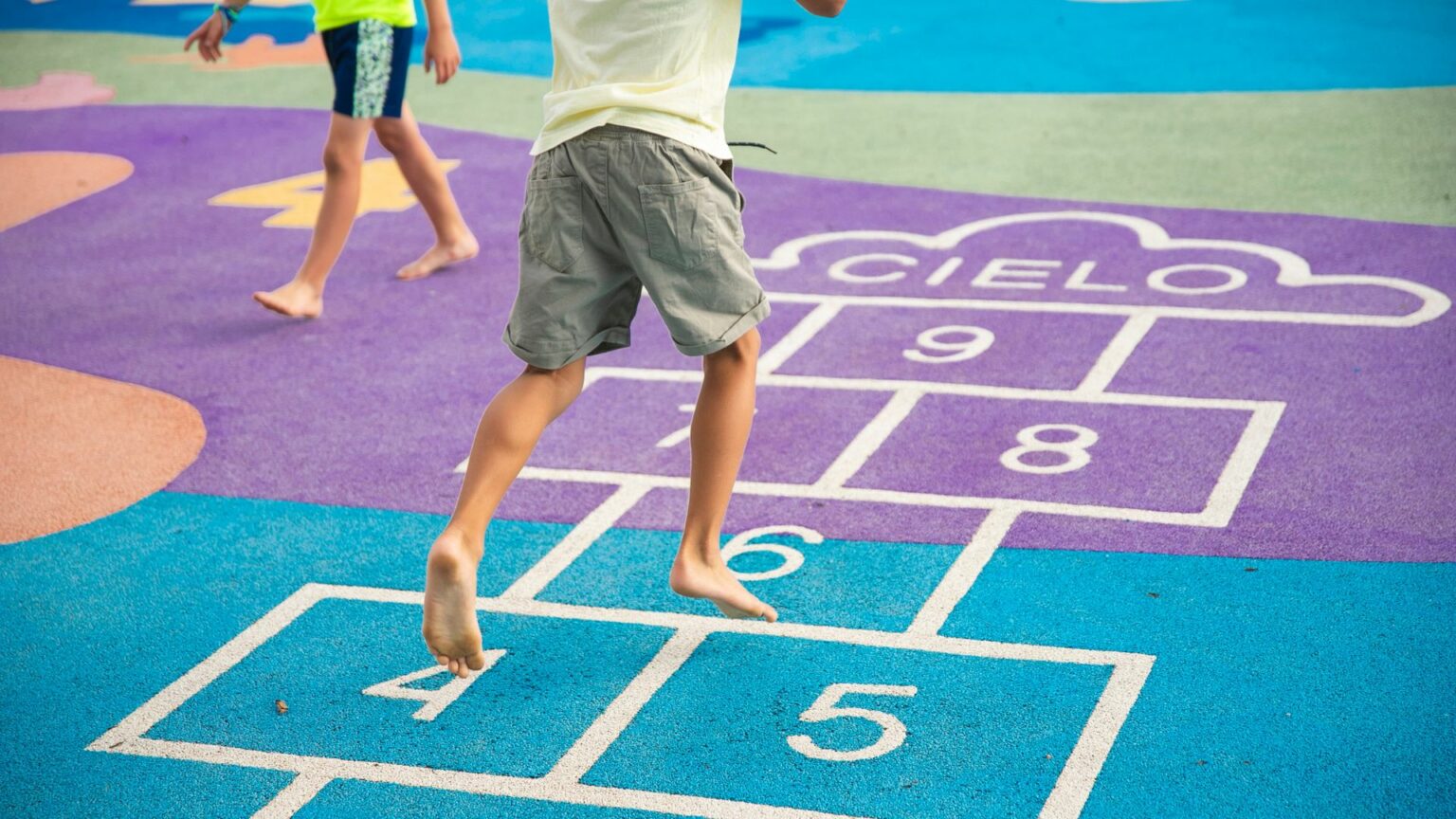
If you’re thinking about purchasing a pogo stick, you may be wondering what size is best. Here’s a quick guide to help you choose the right sized pogo stick for you or your child.
The first thing to consider is height. Pogo sticks are typically available in two sizes: junior and standard. The junior size is recommended for kids between 3 and 5 feet tall, while the standard size is better for those between 4 and 6 feet tall. If you or your child is on the taller side, there may also be XL pogo sticks available.
Next, take weight into account. Most pogo sticks can accommodate riders up to 250 pounds, but some only support up to 200 pounds. If you weigh more than that, look for a heavy-duty option that can handle your weight without issue.
Finally, think about skill level. If you’re a beginner, start with a basic model that doesn’t have too many bells and whistles. You can always upgrade to a more advanced pogo stick later on once you’ve mastered the basics. For experienced riders, there are plenty of options out there with cool features like light-up wheels and adjustable handles. No matter what your skill level, make sure to find a pogo stick that’s the right size for you.
What is the best age to start using a Pogo stick?
There is no definitive answer to this question as it depends on a number of factors, such as the child’s strength, coordination and personal preference. However, we can give you some things to consider when making your decision.
Starting age: If your child is between 3-5 years old, they may be able to start using a pogo stick with supervision. For children under 3 years old, we recommend starting with a smaller toy like the My First Pogo Jr.
Coordination: It takes a certain level of coordination to use a pogo stick successfully. If your child is still working on their gross motor skills, they may need more time to develop the necessary coordination before using a pogo stick.
Strength: Pogo sticks require good leg strength in order to work properly. Children who are just starting out may need help getting the hang of it and maintaining their balance. As they get older and stronger, they’ll be able to use the pogo stick for longer periods of time without tiring out as quickly.
Personal preference: Some kids just naturally take to bouncing around on a pogo stick while others prefer other activities. There’s no right or wrong answer here — it’s all about what your child enjoys.
Age: Most pogo sticks are designed for ages 5 and up, but some brands (like Flybar) have models that accommodate smaller children ages 3 and 4. Again, it’s all about what your child is comfortable with. If they’re small but want to give it a try, go for it!
Safety: Pogo sticks are generally safe as long as kids use them properly and follow the manufacturer’s weight limit (usually around 100-120 pounds). There have been reports of injuries from falls or collisions, so make sure your child is using the pogo stick in an open area away from obstacles. Also, be sure to inspect the pogo stick before each use — look for cracks, loose springs, etc. — and don’t let your child use it if it appears damaged in any way.
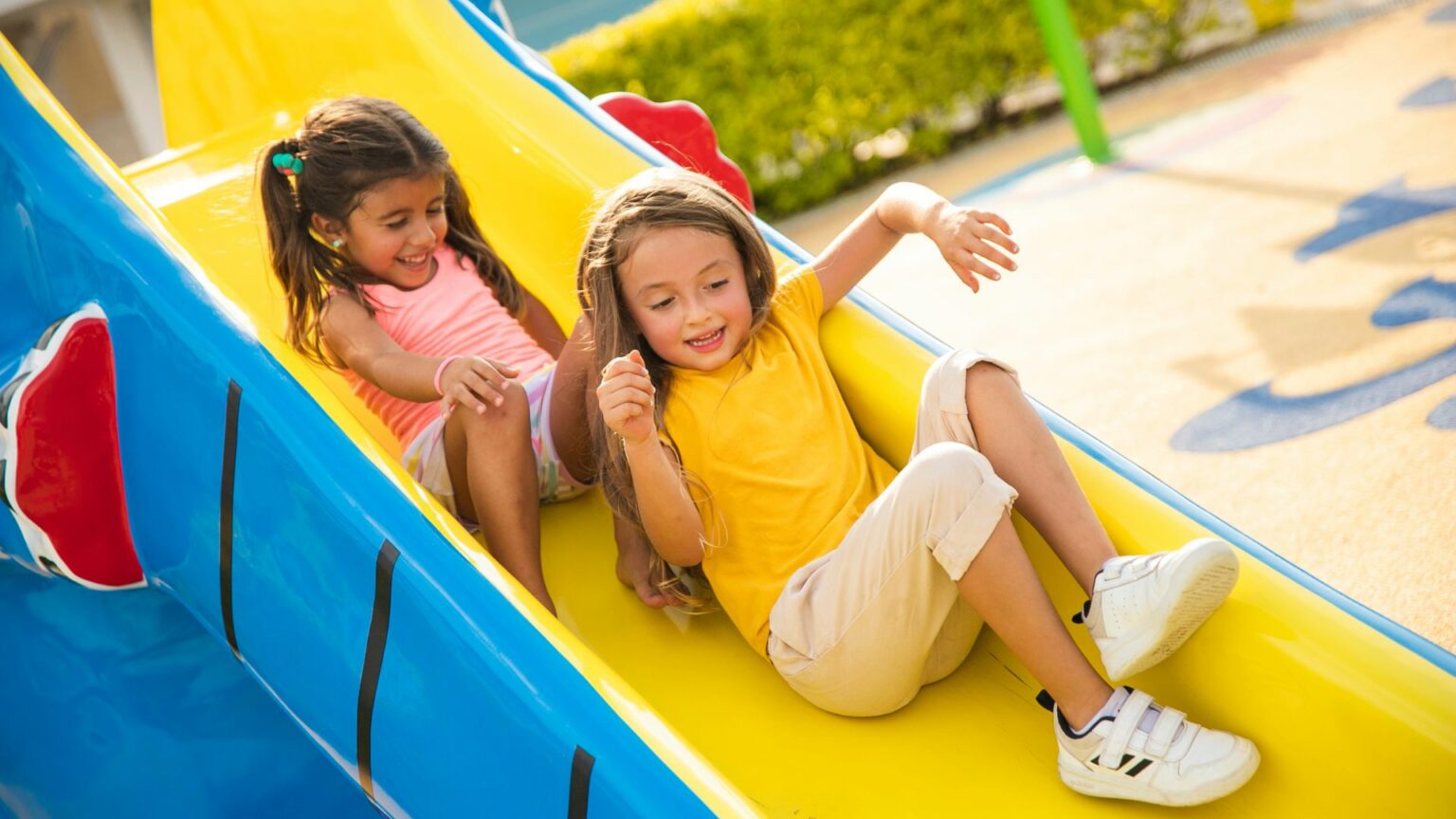
Before starting to use a pogo stick, it is important to make sure that the child is aware of some basic safety rules. First and foremost, they should always use the pogo stick in an open area away from obstacles; Inspecting the pogo stick before each use is also crucial, looking for cracks or loose springs which could cause serious injury. It’s also important not teach children how to do any tricks or stunts on the pogo stick until they have mastered the basic bouncing technique.
Most kids will need some help and supervision when they first start out with a pogo stick. But once they get the hang of it, they’ll be bouncing all over the place! Just make sure they always wear protective gear, like knee and elbow pads, when they’re using their pogo stick. And of course, adult supervision is always recommended!
So if your child meets all of the above criteria and you’re looking for a fun activity that will help them get some exercise, then by all means introduce them to the wonderful world of pogo sticking!
How do I teach my child to use a Pogo stick safely?
First and foremost, make sure that the pogo stick is the appropriate size for your child. There should be about two inches of clearance between their chin and the top of the handle when they are standing on the footpads. If the pogo stick is too big or small, it will be difficult for them to control.
Once you have the right sized pogo stick, help your child get comfortable with it by bouncing on it yourself. Show them how to properly grip the handles and stand on the footpads. Explain that they need to keep their feet shoulder width apart and bend their knees slightly when landing. It may take some trial and error, but eventually they’ll start to get a feel for how much pressure to apply when bouncing.
Now it’s time for your child to give it a try! Start off by having them bounce in place, gradually increasing their height as they become more confident. Once they’re comfortable bouncing in place, encourage them to move around — but beware, things can get pretty bouncy quickly! Make sure they stay away from stairs or anything else they could potentially fall off of. Most importantly, have fun and stay safe!

As summer approaches, many parents start to think about ways to keep their kids entertained and active. One popular activity that has stood the test of time is playing with a pogo stick. Pogo sticks are not only great exercise, but they’re also a lot of fun!
When you think of a pogo stick, you might think of a child’s toy that is only meant for bouncing around. But the Pogo Stick is actually a great tool for fitness and can be used by people of all ages! If you want to teach your child how to use a Pogo Stick safely, there are a few things you should keep in mind.
1. The first thing you need to do is find a safe place to practice. An open area like a park or backyard is ideal. Make sure there are no stairs or anything else nearby that your child could fall off of.
2. Once you’ve found a safe place, it’s time to get started! Help your child put on the proper safety gear, including knee and elbow pads.
3. Next, show them how to hold onto the pogo stick correctly. Their hands should be placed on the hand grips with their fingers wrapped around securely. They should also be standing with their feet shoulder-width apart so they have good balance.
4. Now it’s time for the fun part – jumping! Encourage your child to start small, bouncing just an inch or two off the ground. As they get more confident, they can start bouncing higher. Just make sure they keep their back straight and their knees slightly bent to absorb the impact when they land.
5. One of the most important things to remember when using a pogo stick is to stay in control. So encourage your child to use both feet equally when jumping, and not to “scoot” along the ground with one foot while leaving the other on top of the pogo stick. This can help prevent them from losing their balance and falling off.
6. Finally, remind your child that a pogo stick is not a toy to be used indoors – it’s for outdoors only! Bouncing around inside the house is just asking for trouble…
So there you have it – a few tips on how to help your child use a pogo stick safely. Just remember to supervise them at all times, and to stop them from using the pogo stick if they start to get tired or lose focus. And of course, make sure they always wear protective gear like a helmet and knee pads. With these simple precautions in place, your child can enjoy hours of fun bouncing around on their very own pogo stick!
You Also May Like
Copyright 2025 © Top Sports For Kids
Topsportsforkids.com is a participant in the Amazon Services LLC Associates Program, an affiliate advertising program designed to provide a means for sites to earn advertising fees by advertising and linking to Amazon.com.

